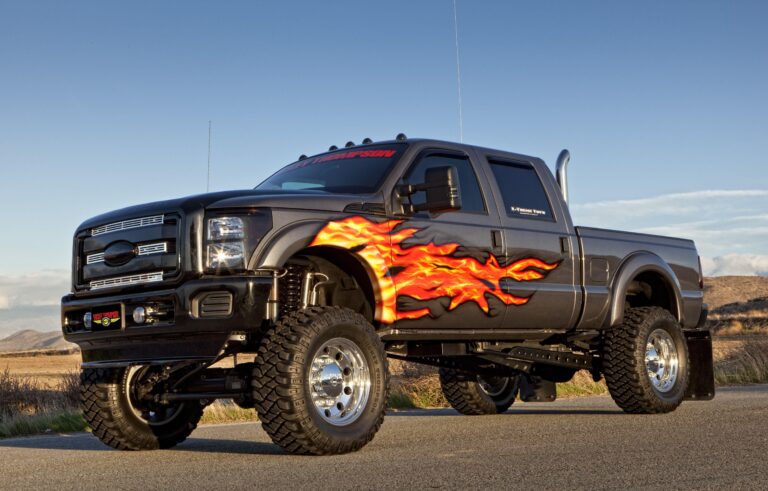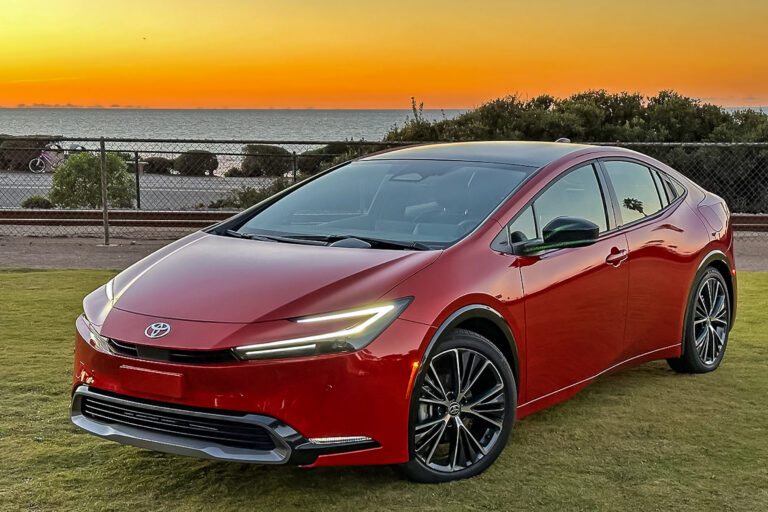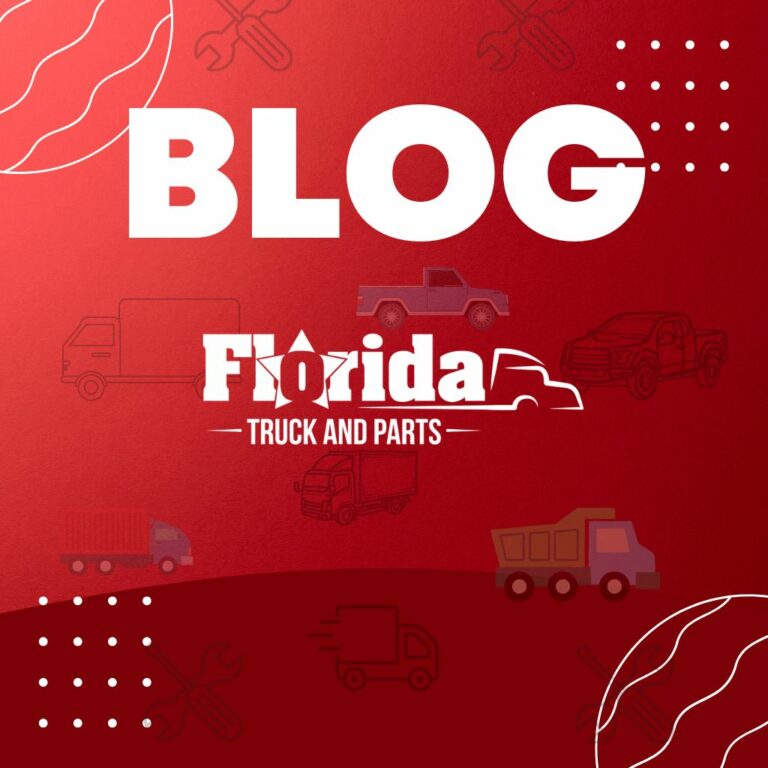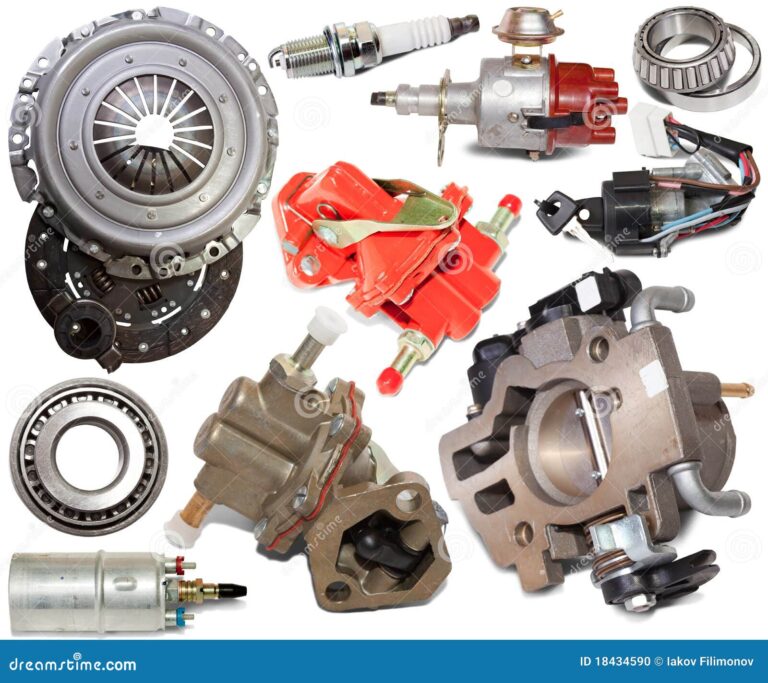1977 Chevy Trucks For Sale: A Comprehensive Buyer’s Guide
1977 Chevy Trucks For Sale: A Comprehensive Buyer’s Guide cars.truckstrend.com
The year 1977 holds a special place in the hearts of automotive enthusiasts, particularly those with a fondness for rugged, American-made workhorses. The 1977 Chevrolet truck, a cornerstone of the iconic "Square Body" generation (1973-1987), represents a pinnacle of utilitarian design blended with an emerging sense of style. More than just a vehicle, these trucks are a tangible piece of Americana, embodying an era of durability, simplicity, and a no-nonsense approach to getting the job done. Today, finding a 1977 Chevy truck for sale is like unearthing a classic treasure – whether you’re seeking a dependable project, a capable daily driver, or a show-stopping custom build, these vintage pickups offer a unique blend of nostalgia, practicality, and undeniable cool. This comprehensive guide will navigate you through the world of buying a 1977 Chevy truck, offering insights, advice, and practical information to help you make an informed purchase.
The Enduring Appeal of the 1977 Chevy Truck
1977 Chevy Trucks For Sale: A Comprehensive Buyer’s Guide
What is it about the 1977 Chevy truck that continues to captivate buyers decades later? Its enduring appeal stems from several key factors:
- Timeless Design: The "Square Body" design is instantly recognizable. Its clean lines, broad stance, and purposeful aesthetic give it a rugged, yet sophisticated look that has aged remarkably well. Unlike many vehicles from its era, the 1977 Chevy truck doesn’t look dated; it looks classic.
- Built Ford Tough (or rather, Chevy Strong): These trucks were engineered for durability. Simple mechanical systems, robust frames, and heavy-duty components meant they could withstand years of hard work and abuse. This inherent toughness translates into a vehicle that, even after nearly five decades, often remains surprisingly robust.
- Nostalgia and Heritage: For many, the 1977 Chevy truck evokes powerful memories of childhood, family road trips, or the local mechanic’s shop. It was a ubiquitous sight on American roads, serving as a farm truck, a contractor’s rig, or a family hauler. Owning one is a connection to that past.
- Versatility: Whether you envision a lifted 4×4 for off-road adventures, a slammed street cruiser, a meticulously restored original, or a reliable pickup for weekend chores, the 1977 Chevy truck provides an excellent platform. Its widespread popularity ensures a vast aftermarket for parts and modifications.
- Simplicity of Maintenance: Without complex computer systems, intricate electronics, or specialized tools, these trucks are relatively easy for the average enthusiast to work on. This accessibility significantly reduces ownership costs and enhances the DIY experience.
Understanding the 1977 Model Year
To make an informed purchase, it’s crucial to understand the specifics of the 1977 model year within the Square Body lineage. While the core design remained consistent from 1973 to 1987, subtle changes and available options define each year.
Key Features and Configurations:
- C/K Series Designation: Like all Square Bodies, 1977 trucks came in C (2-wheel drive) and K (4-wheel drive) series. The numerical suffix (e.g., C10, C20, K10, K20, K30) indicates the load capacity: 10 (1/2-ton), 20 (3/4-ton), 30 (1-ton).
- Body Styles:
- Pickup Trucks: Most commonly found in Fleetside (smooth side) or Stepside (fendered rear wheel wells) configurations, with short bed (approx. 6.5 ft) or long bed (approx. 8 ft) options.
- Crew Cab: Less common but highly sought after, offering four doors and seating for up to six.
- Blazer/Jimmy: The full-size SUV variant, popular for its removable hardtop and off-road capability.
- Suburban: The full-size station wagon/SUV, offering ample passenger and cargo space.
- Trim Levels: Chevrolet offered various trim levels, influencing interior appointments, exterior brightwork, and standard features:
- Custom Deluxe: The base model, often more spartan.
- Scottsdale: A step up, offering more comfort and trim.
- Cheyenne: A popular mid-range trim with more chrome and interior amenities.
- Silverado: The top-tier trim, boasting premium features, more comfortable seating, and extensive chrome.
- Engine Options: A range of robust engines powered the 1977 trucks:
- Inline-6: The 250 cubic inch (4.1L) and 292 cubic inch (4.8L) were workhorse engines, known for their reliability.
- Small Block V8: The 305 cubic inch (5.0L) and the highly popular 350 cubic inch (5.7L) were common and offered a good balance of power and efficiency for the time.
- Big Block V8: The mighty 454 cubic inch (7.4L) was available in heavier-duty trucks (C20/K20, C30/K30) and offered immense torque for towing and hauling.
- Transmission Options:
- Manual: 3-speed or 4-speed manual transmissions were available.
- Automatic: The reliable TH350 (Turbo-Hydramatic 350) was common for lighter duty, while the heavier-duty TH400 was paired with larger engines and in heavier trucks.
Where to Find 1977 Chevy Trucks For Sale
The search for your ideal 1977 Chevy truck can take you to several places:
- Online Marketplaces:
- eBay Motors: A vast selection, from project trucks to fully restored examples.
- Craigslist/Facebook Marketplace: Excellent for finding local deals, often from private sellers. Be wary of scams and always inspect in person.
- Dedicated Classic Car/Truck Sites: Hemmings, ClassicCars.com, Bring a Trailer (for higher-end examples), and specialized Square Body forums often have classified sections.
- Auctions: Classic car auctions (e.g., Mecum, Barrett-Jackson) can offer highly desirable or rare models, but prices can be competitive.
- Local Classifieds/Word of Mouth: Check local newspapers, community boards, or simply spread the word among car enthusiasts. You might find a hidden gem in someone’s barn or garage.
- Specialized Dealerships: Some dealerships focus specifically on classic cars and trucks. While prices might be higher, they often offer vehicles that have been inspected or even partially restored.
- Car Shows and Swap Meets: Attending local classic car shows and swap meets is a great way to see trucks in person, talk to owners, and sometimes find trucks for sale.
What to Look For When Buying a 1977 Chevy Truck: An Inspection Guide
Buying a vintage vehicle requires a thorough inspection. While the 1977 Chevy truck is durable, nearly 50 years of life can take a toll.
- Rust, Rust, Rust: This is the primary enemy. Inspect these common areas meticulously:
- Cab Corners and Rocker Panels: These are notorious rust traps.
- Fender Wells and Inner Fenders: Especially behind the front wheels.
- Floor Pans: Check under the carpet and mats.
- Bed Floor and Bed Sides: Particularly near the wheel wells and where the bed meets the cab.
- Frame Rails: Look for excessive surface rust, flaking, or, worse, rot and patch repairs.
- Underneath the Battery Tray: Battery acid leaks often cause significant rust here.
- Frame Integrity: Beyond rust, check for any signs of accident damage, bending, or shoddy repairs. A bent frame can lead to alignment issues and be costly to fix.
- Engine and Drivetrain:
- Leaks: Look for oil, coolant, or transmission fluid leaks.
- Startup: Listen for unusual noises (knocks, rattles, excessive smoke).
- Transmission: Check fluid level and color. Test all gears, including reverse. Look for smooth shifts in automatics, and proper clutch engagement in manuals.
- Driveshaft and U-Joints: Check for play.
- 4WD System (K-series): Engage 4WD high and low. Listen for grinding, and ensure the transfer case shifts properly.
- Suspension and Steering:
- Bushings: Worn bushings can cause clunks and poor handling.
- Tie Rods, Ball Joints, Control Arms: Check for excessive play.
- Steering Box: Look for leaks or excessive play in the steering wheel.
- Shocks and Springs: Check for leaks or sagging.
- Brakes: Inspect brake lines for rust or leaks. Check pad/shoe thickness and rotor/drum condition. Test the parking brake.
- Interior Condition:
- Seats: Check for tears, foam condition.
- Dash Pad: Prone to cracking from sun exposure.
- Gauges and Lights: Ensure all function correctly.
- HVAC: Test the heater and fan. AC will likely need servicing if not already converted/repaired.
- Door Panels and Headliner: Look for completeness and condition.
- Electrical System: Test all lights (headlights, tail lights, turn signals), wipers, horn, radio, and any power windows/locks.
- Documentation: Request the title and verify the VIN. Ask for any maintenance records, which can indicate how well the truck was cared for.
- Test Drive: This is non-negotiable. Listen for strange noises, feel for vibrations, test the brakes, and assess steering response. Pay attention to how it handles on various surfaces and at different speeds.
Pricing Your 1977 Chevy Truck Purchase
The price of a 1977 Chevy truck varies widely based on several factors:
- Condition: This is the biggest determinant. A rusted project truck will be significantly cheaper than a fully restored, show-quality example.
- Body Style & Rarity: Short bed, regular cab C10s are popular. Crew cabs, Blazers, and Suburbans, especially 4×4 models, often command higher prices due to their relative rarity and utility.
- Engine & Drivetrain: A desirable 350 or 454 V8 in good running condition adds value. A factory 4×4 (K-series) will also fetch more than a 2WD C-series.
- Trim Level: A Silverado trim will generally be more valuable than a Custom Deluxe due to its added features and aesthetics.
- Originality vs. Modifications: Some buyers seek original, unmolested trucks, while others prefer modified vehicles (e.g., lifted, lowered, engine swapped). The quality of modifications plays a huge role.
- Location: Prices can vary regionally based on climate (less rust in dry climates) and demand.
Example Price Ranges (Highly Variable – Current Market Dependent):
| Condition Category | Description | C10 (2WD Short Bed) | K10 (4WD Short Bed) | Blazer/Suburban | Crew Cab (4WD) |
|---|---|---|---|---|---|
| Project | Significant rust, non-running/poor running, needs full restoration | $2,000 – $6,000 | $3,000 – $8,000 | $2,500 – $7,000 | $4,000 – $10,000 |
| Driver Quality | Runs and drives, some rust/dents, solid frame, needs cosmetic/minor mechanical work | $7,000 – $15,000 | $10,000 – $20,000 | $8,000 – $18,000 | $12,000 – $25,000 |
| Good Condition | Minimal rust, good paint, solid interior, reliable mechanically, minor flaws | $16,000 – $28,000 | $22,000 – $35,000 | $18,000 – $30,000 | $28,000 – $45,000 |
| Show Quality | Fully restored, excellent paint/body, pristine interior, strong mechanicals | $30,000 – $60,000+ | $40,000 – $75,000+ | $35,000 – $65,000+ | $50,000 – $90,000+ |
Note: These ranges are estimates and can fluctuate significantly based on specific options, engine, originality, and current market demand. Always do your research for comparable sales.
Restoration, Customization, and Ownership
Owning a 1977 Chevy truck is often just the beginning of a journey.
- Parts Availability: One of the great advantages of these trucks is the excellent availability of aftermarket and reproduction parts. From body panels and trim to engine components and interior pieces, you can find almost anything you need for restoration or customization.
- Common Upgrades: Many owners opt for modern upgrades like electronic fuel injection (EFI) for better reliability and fuel economy, disc brake conversions, upgraded suspension (lowering kits or lift kits), and modern sound systems.
- Maintenance: While simple, older vehicles require consistent maintenance. Regular oil changes, fluid checks, and inspections of belts, hoses, and wiring are crucial.
- Community: The Square Body community is large and active. Online forums, Facebook groups, and local clubs offer invaluable resources for advice, troubleshooting, and camaraderie.
Frequently Asked Questions (FAQ)
Q: Are 1977 Chevy trucks reliable?
A: Mechanically, yes, they are known for their robust and simple designs. However, as with any vehicle approaching 50 years old, reliability depends heavily on past maintenance and current condition. A well-maintained 1977 truck can be very dependable.
Q: What are the most common rust spots on a 1977 Chevy truck?
A: Cab corners, rocker panels, floor pans, fender wells, the bed floor, and the frame are the most common areas to check for rust.
Q: How much does it cost to restore a 1977 Chevy truck?
A: Restoration costs vary wildly depending on the truck’s starting condition and the desired finished quality. A full frame-off restoration can easily cost $20,000 to $50,000+, not including the initial purchase price. Minor cosmetic and mechanical work might be a few thousand dollars.
Q: Are parts readily available for 1977 Chevy trucks?
A: Yes, due to their popularity, both original (used) and new reproduction parts are widely available from numerous online retailers and specialized classic truck suppliers.
Q: What’s the difference between a C-series and a K-series?
A: C-series trucks are 2-wheel drive, while K-series trucks are 4-wheel drive. The "10", "20", and "30" designations refer to 1/2-ton, 3/4-ton, and 1-ton capacities, respectively.
Q: Can I daily drive a 1977 Chevy truck?
A: Many owners do! While they lack modern safety features and fuel efficiency, a well-maintained or upgraded 1977 truck can serve as a reliable daily driver. Upgrades like EFI, better brakes, and air conditioning can significantly improve the daily driving experience.
Q: Is a 1977 Chevy truck a good investment?
A: While no classic vehicle is guaranteed to appreciate, Square Body trucks, including the 1977 model, have shown strong appreciation in recent years, especially well-preserved or expertly restored examples. Their classic status and increasing popularity suggest they will likely hold or increase their value over time, especially compared to modern depreciating assets.
Conclusion
The allure of a 1977 Chevy truck for sale extends far beyond its utilitarian roots. It’s an opportunity to own a piece of automotive history, a testament to American engineering, and a canvas for personal expression. Whether you’re drawn to its rugged good looks, its straightforward mechanics, or the nostalgia it evokes, buying one of these classic pickups can be an incredibly rewarding experience. By understanding the different models, knowing where to look, and conducting a thorough inspection, you can confidently navigate the market and find the perfect 1977 Chevy truck to begin your own chapter with this timeless icon. Happy hunting, and enjoy the journey of owning a true American legend!






